Technological Innovations
Technological advancements are reshaping the Industrial Air Filter Market, leading to the development of more efficient and effective filtration systems. Innovations such as smart filters equipped with IoT capabilities allow for real-time monitoring and maintenance, enhancing operational efficiency. The market is witnessing a surge in demand for filters that not only capture particulate matter but also neutralize harmful gases. In 2025, the market for advanced filtration technologies is projected to grow by approximately 15 percent, driven by the need for improved air quality in industrial settings. These innovations are not only improving the performance of air filters but also reducing energy consumption, which is a critical factor for industries aiming to lower operational costs. As a result, the Industrial Air Filter Market is experiencing a paradigm shift towards smarter, more sustainable solutions.
Rising Industrial Emissions
The increasing levels of industrial emissions are driving the demand for the Industrial Air Filter Market. As industries expand, the need to mitigate air pollution becomes paramount. Regulatory bodies are imposing stricter emission standards, compelling manufacturers to adopt advanced filtration technologies. In 2025, it is estimated that the industrial sector will contribute to over 70 percent of total emissions, necessitating effective air filtration solutions. This trend indicates a robust growth trajectory for the Industrial Air Filter Market, as companies seek to comply with environmental regulations while maintaining operational efficiency. The integration of high-efficiency particulate air (HEPA) filters and electrostatic precipitators is becoming commonplace, reflecting a shift towards more sustainable practices. Consequently, the Industrial Air Filter Market is poised for significant expansion as businesses prioritize cleaner air and environmental responsibility.
Health and Safety Regulations
The increasing emphasis on health and safety regulations is a significant driver for the Industrial Air Filter Market. Governments and organizations are recognizing the importance of maintaining air quality in workplaces to protect employee health. In 2025, it is anticipated that compliance with occupational health standards will become more stringent, leading to a heightened demand for industrial air filters. Industries such as manufacturing, pharmaceuticals, and food processing are particularly affected, as they must adhere to specific air quality standards. The implementation of these regulations is likely to propel the growth of the Industrial Air Filter Market, as companies invest in advanced filtration systems to ensure compliance and safeguard their workforce. This trend underscores the critical role of air filtration in promoting a safe working environment.
Economic Growth and Industrial Expansion
Economic growth and industrial expansion are pivotal factors driving the Industrial Air Filter Market. As economies recover and expand, industrial production is set to increase, leading to higher emissions and a corresponding need for effective air filtration solutions. In 2025, it is projected that industrial output will rise by approximately 10 percent, further amplifying the demand for air filters. This growth is particularly evident in emerging markets, where rapid industrialization is occurring. Companies are increasingly investing in advanced air filtration technologies to comply with environmental regulations and enhance operational efficiency. Consequently, the Industrial Air Filter Market is likely to experience robust growth, as businesses seek to balance productivity with environmental responsibility.
Growing Awareness of Environmental Impact
There is a growing awareness of the environmental impact of industrial activities, which is significantly influencing the Industrial Air Filter Market. As stakeholders become more conscious of sustainability, industries are compelled to adopt cleaner technologies. This shift is reflected in the increasing investment in air filtration systems that minimize emissions and enhance air quality. In 2025, the market is expected to see a rise in demand for eco-friendly filters made from sustainable materials. This trend not only aligns with corporate social responsibility initiatives but also meets consumer expectations for environmentally responsible practices. The Industrial Air Filter Market is thus likely to benefit from this heightened awareness, as companies strive to reduce their carbon footprint and contribute to a healthier planet.


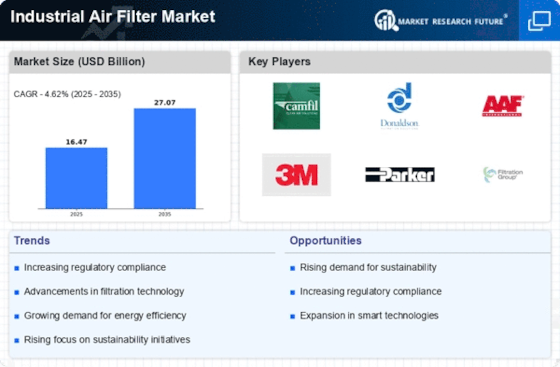
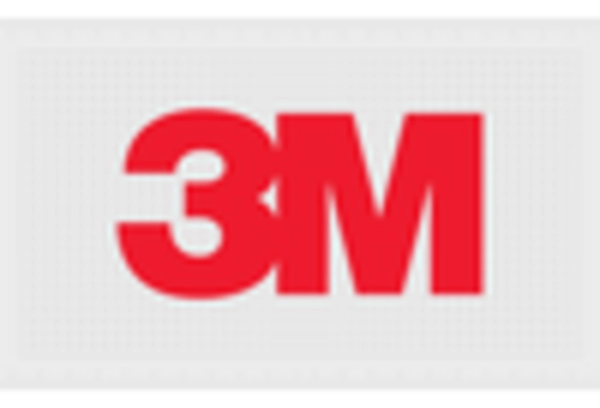
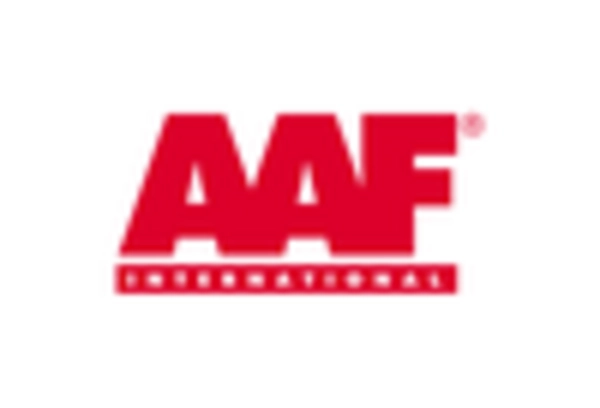
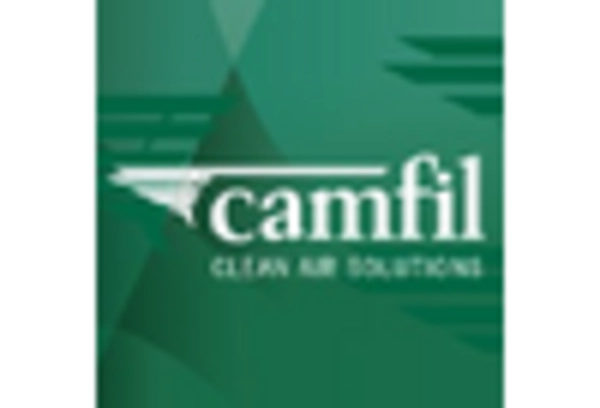
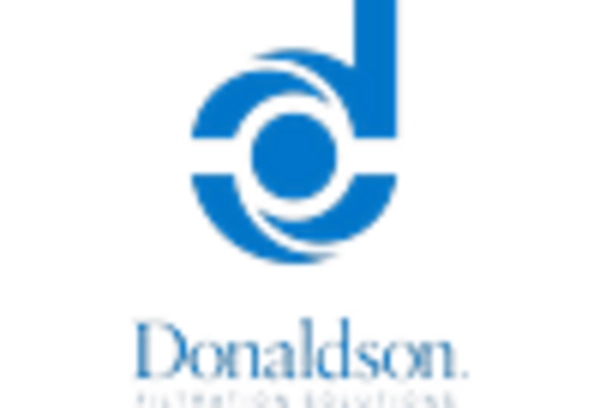
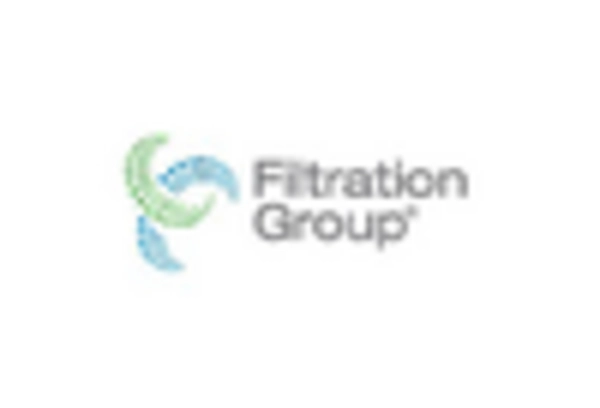
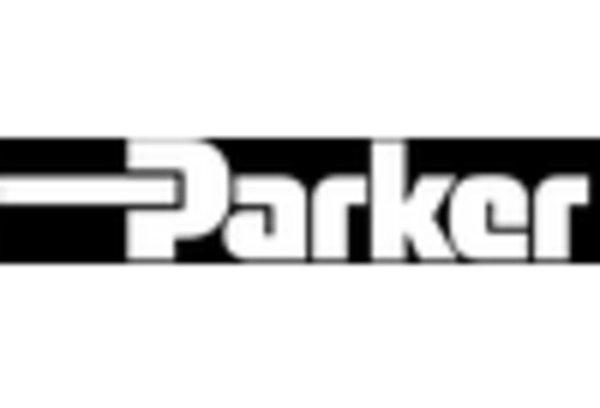








Leave a Comment